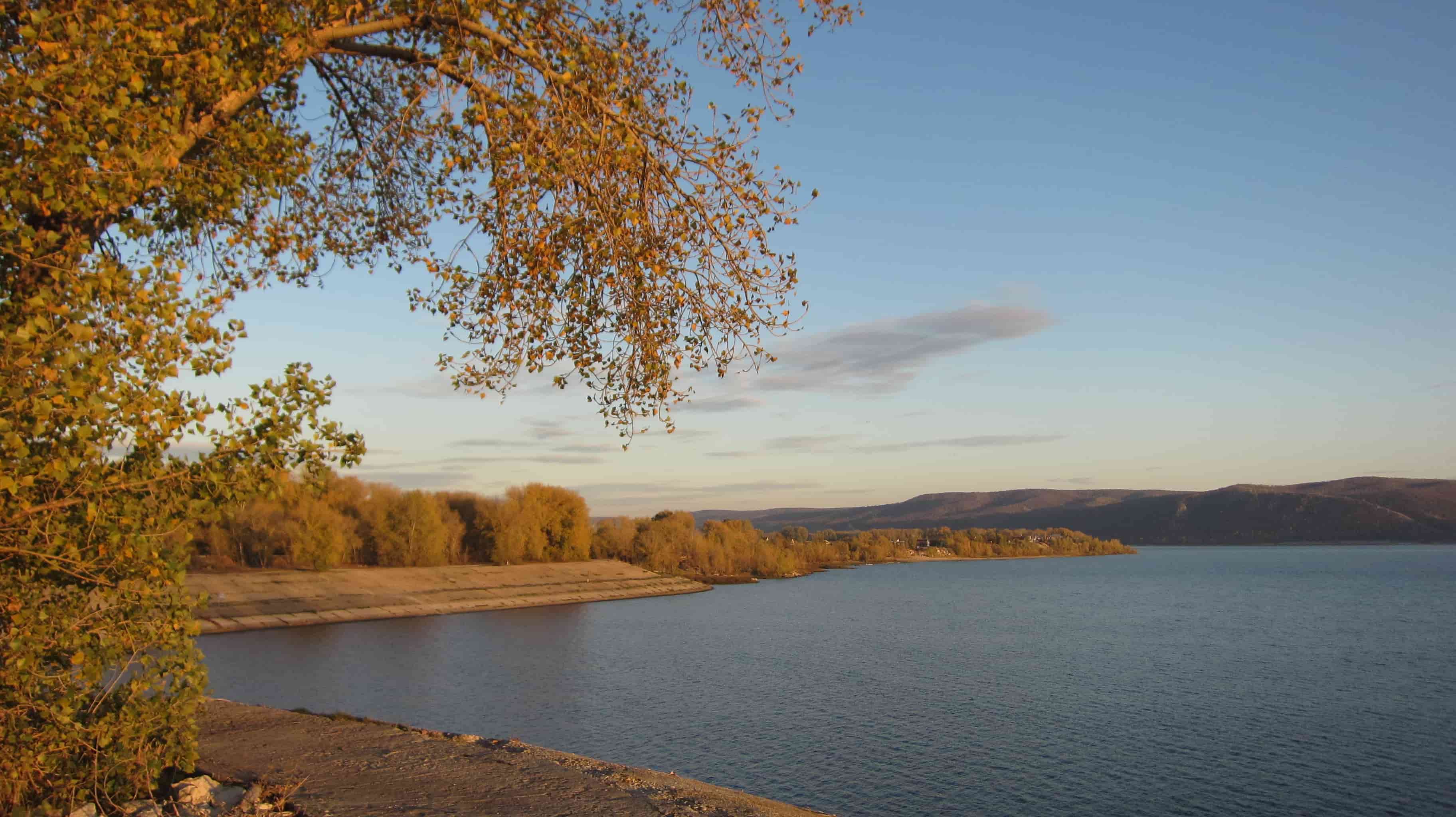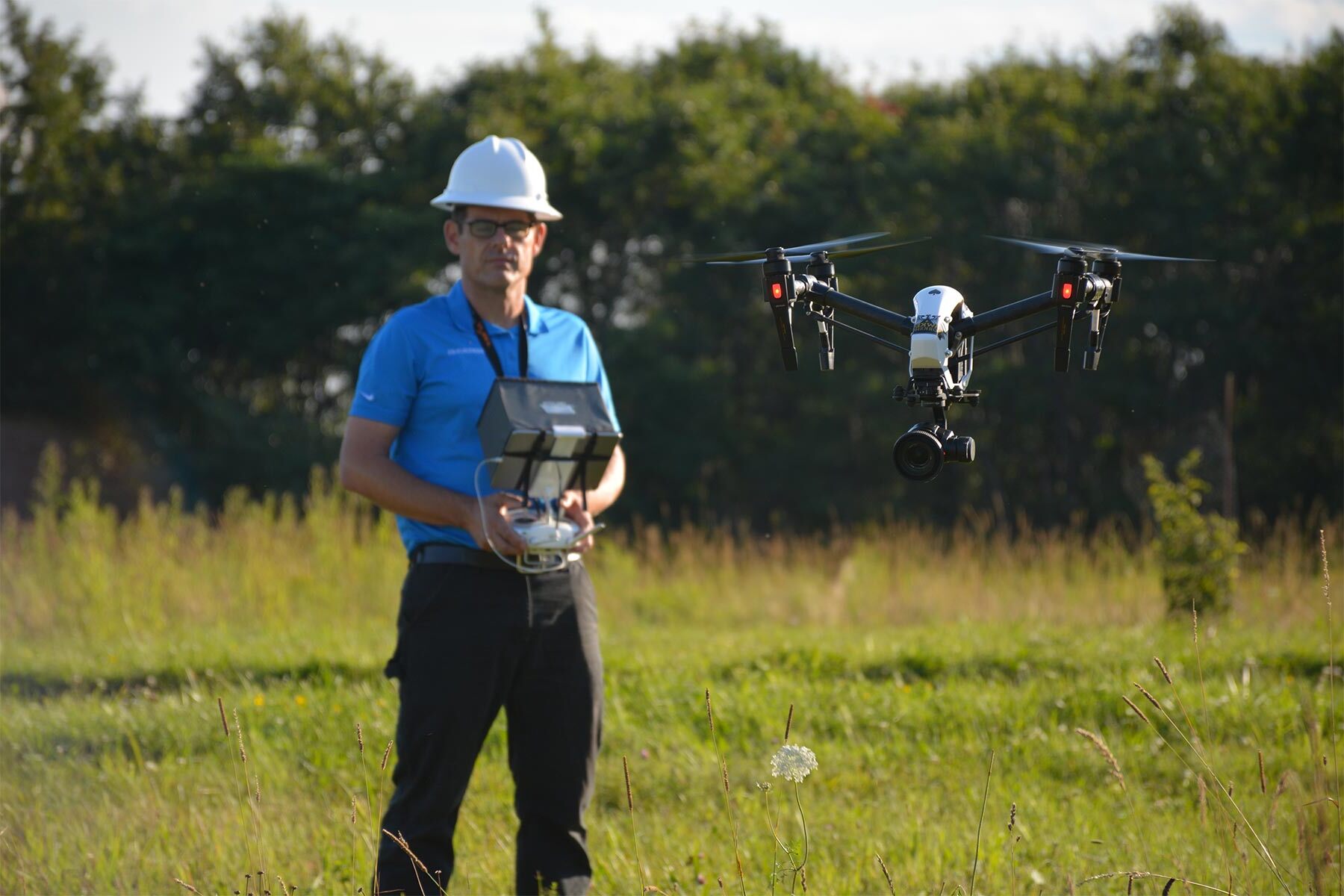
The Kuybyshev Reservoir is an impressive feat of engineering and a fascinating location with a rich history. Located in Russia, it is one of the largest artificial bodies of water in the world, spanning across the Volga River. The reservoir, also known as the Samara Reservoir, was created in the 1950s as a result of the construction of the Kuybyshev Hydroelectric Power Station. This massive reservoir has not only provided hydroelectric power to the region but has also become a popular destination for tourists and nature enthusiasts. With its vast expanse, diverse wildlife, and numerous islands, the Kuybyshev Reservoir offers a unique and captivating experience to visitors. In this article, we will explore 18 captivating facts about the Kuybyshev Reservoir, shedding light on its historical significance, ecological importance, and the various activities it offers for visitors to enjoy.
Key Takeaways:
- The Kuybyshev Reservoir is a massive water body in Russia, serving as a hub for various activities like boating, fishing, and birdwatching, while also providing renewable energy and historical significance.
- Named after Valerian Kuybyshev, the reservoir’s creation symbolizes human resilience and ingenuity, impacting the local climate, transportation, and economy, while offering stunning landscapes and diverse wildlife.
The Kuybyshev Reservoir is one of the largest reservoirs in the world.
Spanning across an impressive area of approximately 6,450 square kilometers, the Kuybyshev Reservoir is truly a magnificent engineering marvel.
It was created by the construction of the Zhiguli Hydroelectric Station.
The reservoir was formed by the building of the Zhiguli Hydroelectric Station on the Volga River, which began in 1949 and was completed in 1957.
The reservoir is named after Valerian Kuybyshev.
Valerian Kuybyshev was a prominent Soviet politician and statesman, and the reservoir was named in his honor after his death in 1935.
It serves multiple purposes.
The Kuybyshev Reservoir plays a crucial role in flood control, irrigation, navigation, and hydroelectric power generation, providing a wide range of benefits to the region.
The reservoir covers parts of four Russian regions.
The Kuybyshev Reservoir spans across the territories of the Samara, Ulyanovsk, Saratov, and Penza regions, contributing to the economic and agricultural development of these areas.
It offers picturesque landscapes and recreational opportunities.
With its vast expanse of water surrounded by scenic beauty, the Kuybyshev Reservoir attracts tourists and locals alike, providing opportunities for boating, fishing, and other water-based activities.
The reservoir is home to diverse flora and fauna.
The rich ecosystem of the Kuybyshev Reservoir supports a wide variety of plant and animal species, making it an important ecological asset in the region.
It has a significant impact on the local climate.
The presence of the Kuybyshev Reservoir influences the microclimate of the surrounding areas, creating milder temperatures and increasing humidity levels, which has both positive and negative effects on agriculture.
The reservoir provides vital transportation routes.
The Volga River, where the Kuybyshev Reservoir is located, has historically served as a major transportation artery for shipping goods between different regions of Russia.
It has historical significance.
The construction of the Kuybyshev Reservoir and the Zhiguli Hydroelectric Station played a crucial role in the industrialization efforts of the Soviet Union, contributing to the rapid development of the region.
The reservoir offers stunning sunset views.
Visitors to the Kuybyshev Reservoir can witness breathtaking sunsets, painting the sky with vibrant hues and creating a mesmerizing atmosphere.
The Kuybyshev Reservoir has several islands within its waters.
These islands, such as Bolshoy Tolbuzin and Sredniy Plot, add to the scenic beauty and ecological diversity of the reservoir.
It is also home to numerous historical landmarks.
Along the shores of the Kuybyshev Reservoir, one can find ancient settlements, archaeological sites, and monuments that showcase the rich history and cultural heritage of the region.
The reservoir attracts birdwatchers.
With its diverse avian population, the Kuybyshev Reservoir offers a paradise for bird enthusiasts, providing ample opportunities for birdwatching and conservation efforts.
It played a role in the creation of the Volgograd Hydroelectric Station.
The successful construction of the Kuybyshev Reservoir paved the way for the creation of the Volgograd Hydroelectric Station, another significant energy project on the Volga River.
The Kuybyshev Reservoir showcases human-engineered wonders.
The sheer size and scale of the reservoir, along with the complex infrastructure supporting it, is a testament to human ingenuity and engineering capabilities.
It is an important source of renewable energy.
The Zhiguli Hydroelectric Station generates a substantial amount of clean and sustainable electricity, contributing to the region’s energy needs and reducing carbon emissions.
The Kuybyshev Reservoir symbolizes the spirit of resilience.
Through its creation and utilization, the Kuybyshev Reservoir represents the determination and perseverance of the human spirit in overcoming challenges and harnessing the power of nature for the benefit of society.
Conclusion
In conclusion, the Kuybyshev Reservoir is not only a massive and impressive body of water, but it also holds a significant place in history and has had a profound impact on the surrounding regions. From its construction during the Soviet era to its role in power generation, flood control, and transportation, the reservoir has become an integral part of the landscape and a symbol of human engineering prowess.With its sprawling size and stunning natural beauty, the Kuybyshev Reservoir attracts tourists and nature enthusiasts from all over the world. Its diverse ecosystem supports a wide range of flora and fauna, making it a haven for biodiversity. From fishing to boating, the reservoir offers various recreational opportunities for visitors to enjoy.Whether you are interested in history, engineering marvels, or simply immersing yourself in the tranquility of nature, the Kuybyshev Reservoir has something to offer everyone. It stands as a testament to human ingenuity and the power of nature, a truly captivating destination that should be on every traveler’s bucket list.
FAQs
1. How was the Kuybyshev Reservoir constructed?
The Kuybyshev Reservoir was constructed by building a dam on the Volga River in the 1940s. The project took several years and involved the displacement of numerous communities and the flooding of vast areas of land.
2. What is the purpose of the Kuybyshev Reservoir?
The main purposes of the Kuybyshev Reservoir are power generation, flood control, and water transportation. The reservoir serves as a source of hydroelectricity, helps regulate water flow to prevent flooding, and provides a navigable waterway for ships and barges.
3. How large is the Kuybyshev Reservoir?
The Kuybyshev Reservoir is one of the largest artificial reservoirs in the world. It covers an area of approximately 6,450 square kilometers (2,490 square miles) and has a maximum depth of 45 meters (148 feet).
4. Can you engage in recreational activities at the Kuybyshev Reservoir?
Absolutely! The Kuybyshev Reservoir offers a wide range of recreational activities. Fishing is popular, with the reservoir being home to various species of fish. Boating, sailing, and water sports are also common. Additionally, the reservoir’s scenic surroundings make it ideal for hiking and camping.
5. Is the Kuybyshev Reservoir open to visitors?
Yes, the Kuybyshev Reservoir is open to visitors. There are designated recreational areas, campgrounds, and marinas where visitors can access the reservoir and enjoy its offerings. It is advisable to check local regulations and guidelines before visiting.
Dive deeper into the fascinating world of water and energy by exploring hydroelectric power facts that shed light on this renewable resource. Embark on a journey along the mighty Volga River, uncovering 12 mind-blowing facts about its history, ecology, and cultural significance. For a change of pace, discover 47 captivating facts about the talented actress Samara Weaving, whose career continues to make waves in the entertainment industry.
Was this page helpful?
Our commitment to delivering trustworthy and engaging content is at the heart of what we do. Each fact on our site is contributed by real users like you, bringing a wealth of diverse insights and information. To ensure the highest standards of accuracy and reliability, our dedicated editors meticulously review each submission. This process guarantees that the facts we share are not only fascinating but also credible. Trust in our commitment to quality and authenticity as you explore and learn with us.


